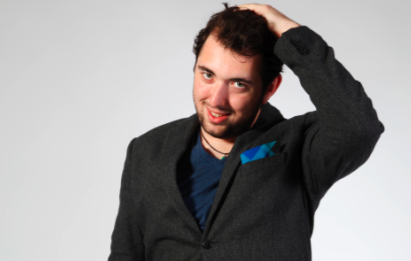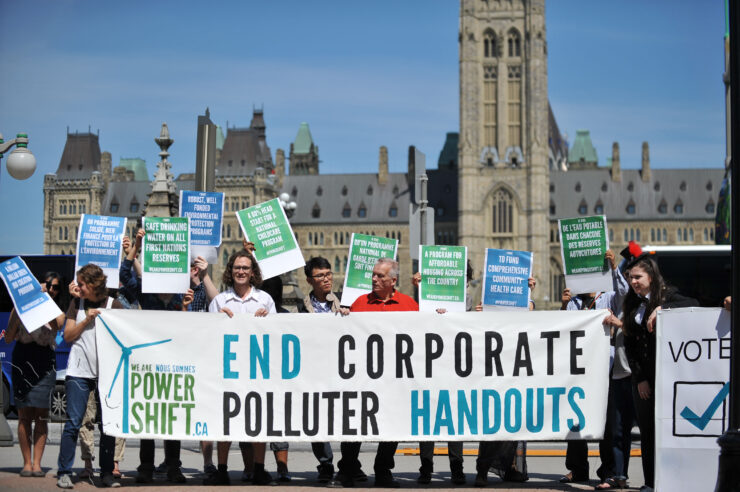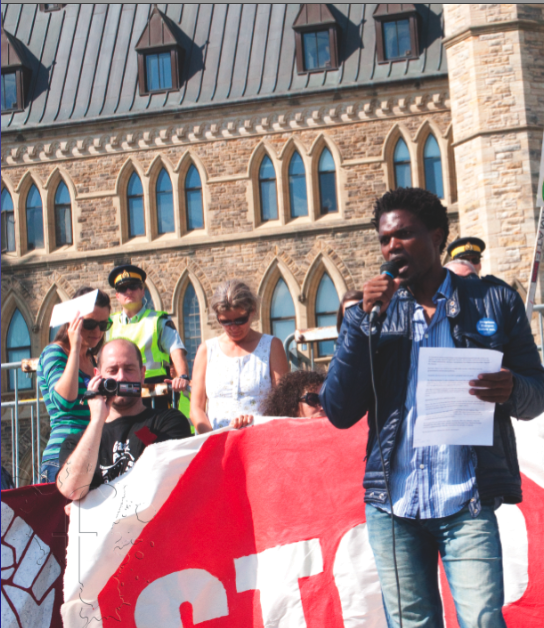Andrew Ikeman | News Editor
I, LIKE MANY Canadians, waited with bated breath on Monday, Nov. 26 to hear the results as they poured in from the Calgary Centre by-election. The elections were to replace respected Conservative member of Parliament (MP) Lee Richardson, who had held the seat since 2004 and resigned in order to take a job as Alberta Premier Allison Redford’s chief of staff. A right-wing party has been in power in Calgary Centre since the riding was established in 1966.
So why were we on the edge of our seats? The Conservative candidate should have easily won the election, right? Well, while Conservative candidate Joan Crockatt did win the riding for the ruling party, she beat her challenger, Liberal Harvey Locke, by only 4.2 per cent. That number is incredibly tight, when you consider that in 1984 the incumbent Harvie Andre beat his opponent by over 50 per cent, and Richardson won his last election by 40 per cent. The race may have been even tighter, if not for some well-publicized anti-Albertan remarks from Liberals David McGuinty and Justin Trudeau.
Many commentators have pointed to Crockatt’s support of the provincial Wildrose Party as an explanation for the surge in support of the Liberals and Green Party (the Greens finishing third with 25.6 per cent). The Wildrose Party is a right-wing party that many have classified as “extremist.” It emerged in 2008 and, in the last provincial election, won official opposition status in the Alberta legislature.
The federal Conservative Party is not as one-dimensional as some might believe. When the Progressive Conservative party (PC) and the Canadian Alliance party merged to form the new Conservative Party of Canada in 2003, they combined social and economic conservatism under one banner, meaning that many opinions on social issues (i.e. abortion, health care, etc.) vary throughout the party. It works, though, as it gives the right wing of Canada a united front, unlike the Liberals, New Democratic Party, and the Green Party, who are all trying to get a piece of the left-wing vote. One popular idea in the last few years is to unite all the leftist parties under one banner to give them a better shot, meaning Canada would become a two-party country, much like the United States.
Uniting might seem like a good idea to many—in the last federal election the three left-wing parties amounted to 53.45 per cent of the voters, and together occupy 138 seats in the House—but is it really? The Wildrose Party started in order to oppose the PC and offer the people of Alberta a choice that is more right-wing than the centre-right PCs.
This type of split is natural. The political spectrum is not as black and white as it seems. A person can believe in social liberalism and economic capitalism at the same time. Having two parties representing one side each doesn’t work. Look at the U.S., where politicians from the same party can believe in completely different things, but because they believe in one core value, they are forced to work together.
If you want to be free to vote for whomever you want, you shouldn’t have to choose between only two options. They say the more the merrier, and it holds true in politics as well. With more options comes a better government and more diverse ideas heard.




